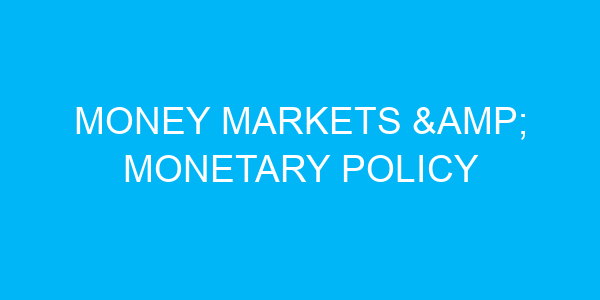21. Which of the following is an example of an expansionary fiscal policy measure?
a. Increasing taxes
b. Decreasing government spending
c. Decreasing transfer payments
d. Increasing government spending
22. The term “crowding out” refers to the phenomenon where:
a. Private investment decreases due to increased government borrowing
b. Government spending increases due to decreased private investment
c. Interest rates decrease due to increased government borrowing
d. Inflation increases due to decreased private investment
23. The term “automatic stabilizers” refers to:
a. Policies that automatically adjust interest rates
b. Policies that automatically adjust taxes and government spending in response to economic conditions
c. Policies that automatically stabilize exchange rates
d. Policies that automatically regulate the stock market
24. Which of the following is an example of an expansionary fiscal policy measure?
a. Increasing income tax rates
b. Decreasing government transfers
c. Decreasing government spending
d. Decreasing corporate tax rates
25. The term “multiplier effect” refers to:
a. The effect of changes in government spending on the overall economy
b. The effect of changes in interest rates on investment decisions
c. The effect of changes in exchange rates on international trade
d. The effect of changes in inflation on consumer spending



